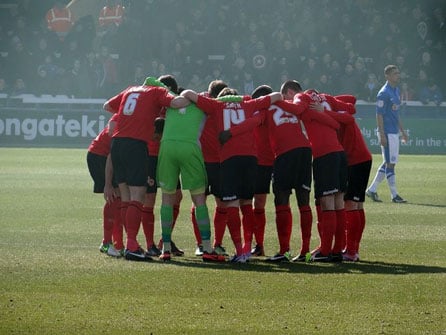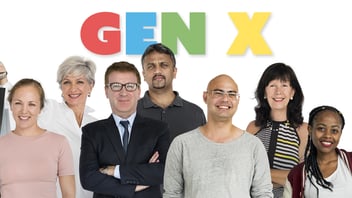Need to Add Value to Customers? Team Up.
Customers are a demanding group. They have outsized expectations and, often, little patience for brands that don’t meet them.
Even if a brand is somehow able to meet all of their expectations, it doesn’t necessarily mean they’ll remain satisfied, loyal customers. Sometimes customers bail because they’re curious about a new competitor. Sometimes they bail just because they can. (See some of the data behind this in our customer loyalty statistics collection.)
A brand can’t be everything to everyone, or even one person, at all times. But, put a couple complementary brands together, however, and suddenly it’s harder for the customer to walk away - from either brand.
Brands across industries are waking up to this concept, opening a new era of value-added partnerships and cooperation that hasn’t been seen in a long time, if ever.
Consider these recent examples:
-
Plenti, a recently launched coalition loyalty program from American Express that rewards members for spending at several popular merchants, including Rite-Aid, Macy’s, AT&T, Exxon/Mobile and more.
-
Marriott Hotels added Netflix streaming to their televisions, just in time for the premiere of the most recent season of Orange is the New Black
-
Starbucks and Spotify teamed up to let customers and baristas control in-store music and earn points for using the service
-
Hulu is integrating Showtime’s content into its streaming package for an extra $9/month - still a few bucks cheaper than ordering Showtime’s service standalone
-
Fuel Rewards is launching a nationwide coalition program
-
Nectar is still the most popular loyalty program in the UK, and a model for brand coalitions across the world (which has yet to be duplicated)

In every one of those examples, brands are working together with a primary focus of adding value to customers. These aren’t “let’s get more sales” partnerships. Most of them are value-added enhancements that can drive more sales through engagement.
Another common theme among these examples: each of the partnerships isn’t necessarily brands partnering to shore up shortcomings (though that’s a very smart reason to partner up).
Marriott has plenty of entertainment options on their TVs, not to mention free wifi in some hotels. Starbucks always has music playing. They don’t need Netflix or Spotify, but they recognize a lot of interest in those brands from their customers.
They’re adding extra value to the customer experience and enhancing each of the brands.
Partner Up
Ask yourself: “Our customers would LOVE us if we would _________.”
Think about the possible answers (or even better, let customers tell you themselves). What’s it going to take to make it happen?
Can your brand fulfill that answer on its own? Or do you need to team up?
Gas stations and grocery stores for gas savings. Professional associations and discount programs for member benefits. Mobile networks and streaming music services. They’re areas that don’t compete with each other, but they’re tangential enough to excite customers.
If data and learnings are shared between the partners, then there’s a very good chance of long-term success in a brand partnership. Most coalitions fail because the relationship becomes tilted too far to one brand, rewards are too difficult to obtain, or important data isn’t shared among partners.
But when there is a fair agreement and all brands have an agreed-upon equal stake? Everyone benefits: participating brands are lifted, and the customer experience is enhanced by each.
Is there a shared need or interest many of your customers have?
Can your brand alleviate a need or simple add extra value by teaming up with another brand?
No brand should have to go it alone. Team up, add value to customers, and enjoy the lift your brand will receive.
(huddle image courtesy of Jon Candy)
Topics: Customer Engagement
Written by: Brandon Carter





.jpeg)







Share your Comment.